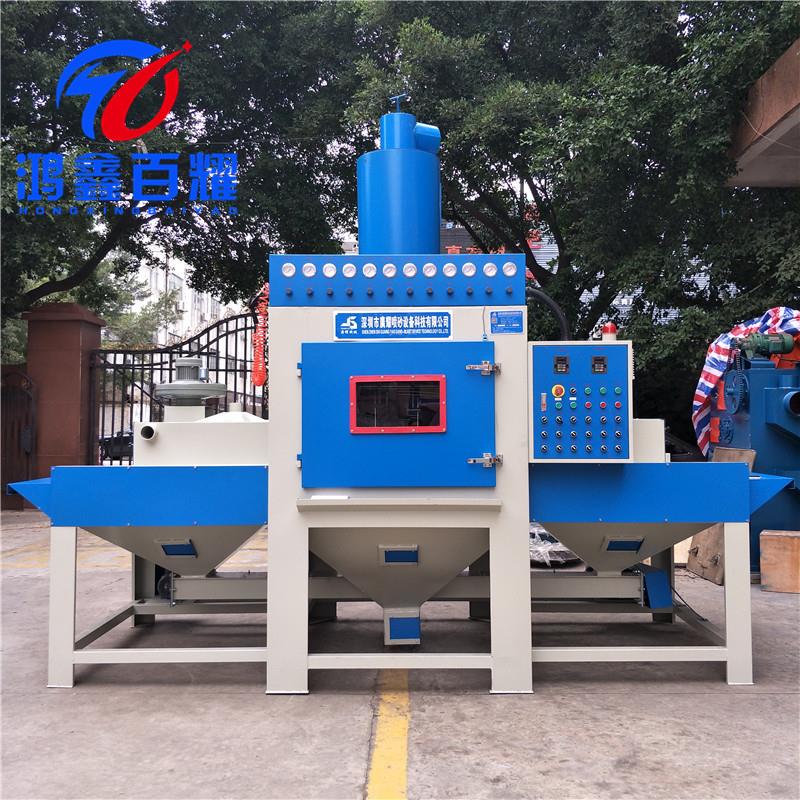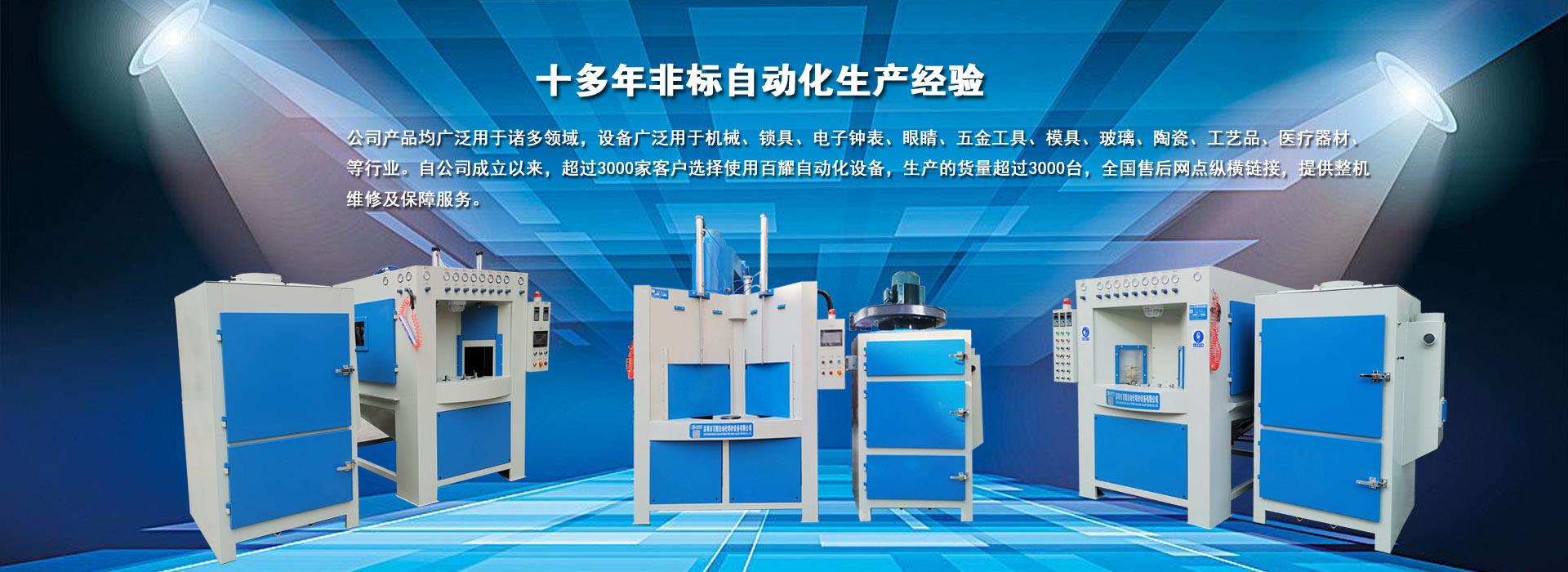 1. Simple operation: ordinary workers can operate the machine proficiently after half an hour of training, and there is an advanced automatic control system to prevent workers from misoperation.
1. Simple operation: ordinary workers can operate the machine proficiently after half an hour of training, and there is an advanced automatic control system to prevent workers from misoperation.
2. High production efficiency: The average daily processing volume of a frozen sandblasting machine is equivalent to the sandblasting workload of 50-80 skilled workers.
3. High precision of sandblasting: it can remove tiny and hidden flash, not limited by product shape, high qualified rate and stable sandblasting quality.
4. It can remove flash from small rubber-plastic alloy products, brittle plastic products and magnesium alloy, zinc alloy, and aluminum alloy castings with complex structures and any shapes.
5. Do not damage the surface of the product, improve the appearance quality of the product, and increase the service life of the product.
6. Small area, oneSmall sandblasting machineIt only needs 10 square meters with additional equipment.
7. Reduce the cost of mold use and rubber material. The equipment does not need torn edges. It only requires the flash to be as thin as 0.2mm or less, the overflow groove is as small as possible, and the flash margin is only 1/5 of the tearing die -1/10.
8. Energy saving and environmental protection: The machine consumes extremely low energy, and the exhaust gas is nitrogen, the original component of air.
Folding principle
Rubber and plastic alloy materials are all polymer materials, and they will be in different phases at different temperatures. From the perspective of phase, the material is only a change in the mechanical state. The state changes when the material is under low temperature conditions. When it returns to normal temperature, the performance will be restored.
The freezing sandblasting machine uses the low-temperature freezing effect of liquid nitrogen to embrittle rubber-plastic alloy materials. At this time, the burr is embrittled before the product. In the time difference between the burr embrittlement and the product not yet embrittled, a high-speed jet is used. High polymer particles hit the product burrs to remove high-quality burrs from rubber-plastic alloy products and aluminum and zinc alloy products.
The physical properties of rubber-plastic alloy materials occur according to the decrease in temperature:
Hardening → embrittlement → vitrification
After the temperature drops, the rubber-plastic alloy material begins to harden, and will not be deformed or damaged below the embrittlement temperature. Its physical and chemical properties will not change after returning to normal temperature.
Previous: Derusting and sandblasting machine uses compressed air as power
下一条: No Information
Related News
- Derusting and sandblasting machine uses compressed air as power
- Sandblasting machine manufacturers generally supply sandblasting machines
- The mobile sandblasting machine uses the power, flow rate and flow of compressed air
- The working principle of wet sandblasting machine uses sandblasting abrasive and liquid as the medium
- Environmental protection and energy saving sandblasting machine supporting requirements
- Conveyor automatic sandblasting machine adopts suction sandblasting
- The nozzle of the rotary automatic sandblasting machine adopts special high wear-resistant boron carbide material
- The composition of the pipe end thread mobile sandblasting machine
- With timing automatic sandblasting, inching positioning function
- What is the concept of automatic sandblasting machine




